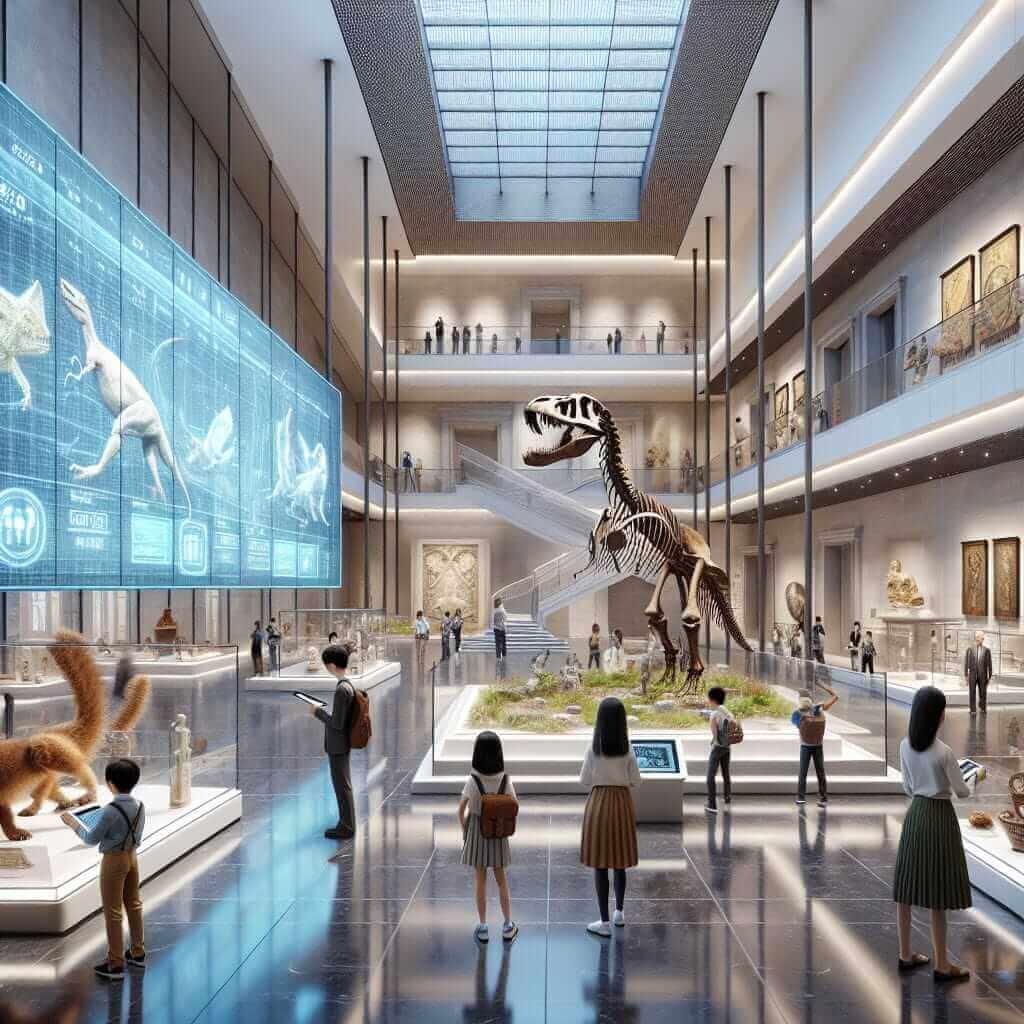The Speaking section of the IELTS exam evaluates your ability to communicate effectively in English. This section is divided into three parts: Part 1 (Introduction and Interview), Part 2 (Long Turn), and Part 3 (Two-way Discussion). In this article, we will focus on how to tackle the question “Describe a time when you visited a museum.” This type of question is quite common and tests your storytelling skills, descriptive ability, and overall fluency. By understanding the examiner’s expectations and preparing well-structured answers, you can achieve high scores.
Part 1: Introduction and Interview
In Part 1, the examiner will ask general questions about yourself and a range of familiar topics. Typical questions might include:
- Do you often visit museums?
- What kind of museums do you prefer?
- Why do you think museums are important?
Sample Answer
Q: Do you often visit museums?
A: I try to visit museums whenever I travel to a new city. I believe museums offer a fantastic window into the history, culture, and art of a place. For instance, when I visited Paris last year, I spent an entire day at the Louvre, which was an enriching experience.
Part 2: Long Turn
Cue Card
You should say:
- When you visited the museum
- Describe the museum
- What you saw and did there
- And explain why you liked visiting the museum
Sample Answer
One of the most memorable experiences I had was visiting the British Museum in London. I went there last summer while on a trip with my family. The museum is colossal and houses a vast collection of art and artifacts from around the world.
Upon entering the museum, I was immediately struck by the stunning architecture, particularly the vast Great Court with its impressive glass roof. One of the first exhibits I explored was the Egyptian Gallery, where I saw the renowned Rosetta Stone and a plethora of ancient mummies. Intriguingly, I also visited the Greek section and viewed the Parthenon sculptures, which were incredibly detailed and historic.
What I loved most about the British Museum was the sense of history coming alive through the artifacts. It wasn’t just about looking at old items; there were interactive displays and detailed background information that made the visit educational and engaging. Overall, the visit to the British Museum was profoundly enriching and left me with a deeper appreciation for diverse cultures and history.
Potential Follow-up Questions
-
Why do you think people visit museums?
- Answer: People visit museums to learn about history, experience art, and gain a better understanding of different cultures. Museums serve as educational hubs that preserve and showcase the legacy of our ancestors.
-
Do you think museums are important for education?
- Answer: Absolutely. Museums are crucial educational resources that provide real-world insights that textbooks often can’t offer. They bring history and culture to life and promote lifelong learning.
Part 3: Two-way Discussion
In Part 3, the examiner will ask more abstract questions related to museums and education, focusing on your reasoning and analytical abilities.
Q: How have museums changed over the past few decades?
A: Museums have evolved significantly in the past few decades. Previously, they were mostly static displays of artifacts. Nowadays, many museums incorporate interactive exhibits and digital technology to enhance visitor engagement. Furthermore, there is a greater focus on making museums accessible to a diverse audience, including children and people with disabilities.
Q: What role do museums play in society?
A: Museums play a pivotal role in society by preserving cultural heritage and educating the public. They serve as repositories of knowledge and inspire curiosity and respect for different cultures. Additionally, museums often act as community centers that host events and activities, fostering a sense of community and belonging.
Essential Vocabulary and Structures
Vocabulary
- Artifact (/ˈɑːrtɪfækt/): A historical object made by humans, often of cultural significance.
- Example: The museum houses ancient artifacts from the Roman Empire.
- Exhibit (/ɪɡˈzɪbɪt/): An object or collection of objects on public display.
- Example: The dinosaur exhibit was the highlight of the museum.
- Enriching (/ɪnˈrɪtʃɪŋ/): Adding value or joy; educational.
- Example: Visiting the museum was an enriching experience for the children.
- Interactive (/ˌɪntərˈæktɪv/): Involving active engagement.
- Example: The museum’s interactive displays made the visit more engaging.
Sentence Structures
- Passive Voice: “The museum houses a vast collection of artifacts.”
- Complex Sentences: “One of the first exhibits I explored was the Egyptian Gallery, where I saw the renowned Rosetta Stone and a plethora of ancient mummies.”
- Use of Modifiers: “The visit to the British Museum was profoundly enriching and left me with a deeper appreciation for diverse cultures and history.”
Tips for High Scores
- Fluency and Coherence: Practice speaking smoothly without long pauses. Use linking words like “for instance,” “moreover,” and “therefore” to connect ideas.
- Lexical Resource: Incorporate a range of vocabulary and idiomatic expressions naturally.
- Grammatical Range and Accuracy: Use a mix of simple and complex sentence structures accurately.
- Pronunciation: Ensure your pronunciation is clear. Practice stress, intonation, and rhythm to sound more natural.

By employing these strategies and practicing regularly, you can significantly improve your Speaking performance in the IELTS exam. Good luck!